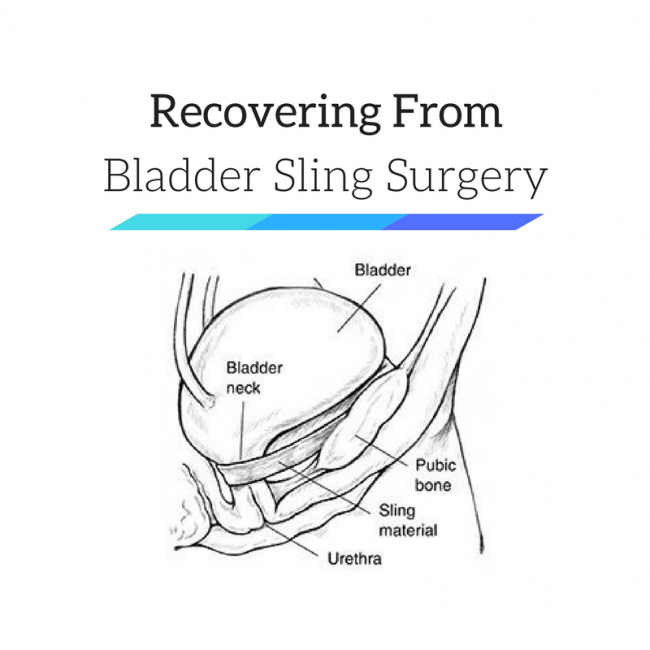12+ Cavity Classification Secrets For Better Treatment Plans

Cavity classification is a critical component of dental care, serving as the foundation for developing effective treatment plans. The classification of cavities, also known as caries, helps dental professionals understand the extent of tooth decay, which in turn guides the selection of appropriate restorative materials and techniques. Over the years, the approach to cavity classification has evolved, incorporating new technologies and a deeper understanding of caries progression. In this comprehensive overview, we will delve into 12+ secrets of cavity classification, aiming to enhance treatment outcomes and patient care.
1. Understanding the Basics of Cavity Classification
At its core, cavity classification involves categorizing tooth decay based on its location and extent. The most common classification system divides cavities into six classes, based on their position on the teeth: - Class I: Cavities affecting pits and fissures on occlusal (chewing) surfaces of premolars and molars, occlusal two-thirds of facial surfaces of molars, and lingual surface of maxillary incisors. - Class II: Cavities affecting proximal surfaces of molars and premolars. - Class III: Cavities affecting proximal surfaces of central incisors, lateral incisors, and cuspids without involving the incisal angles. - Class IV: Cavities involving the proximal surface of incisors where the incisal angle is affected. - Class V: Cavities affecting the cervical third of any tooth. - Class VI: Cavities affecting the incisal edge of any tooth or the cusp tips.
2. The Role of Digital Imaging in Enhanced Classification
Digital imaging, including intraoral cameras and cone beam computed tomography (CBCT), has revolutionized the field of cavity classification. These technologies provide dental professionals with high-resolution images that can highlight early signs of caries, allowing for more precise classification and potentially preventing the need for more invasive treatments.
3. Biofilm and Diet: Crucial Factors in Cavity Development
The formation of cavities is intricately linked with the presence of biofilm (dental plaque) and dietary habits. Understanding the role of biofilm in acid production and the impact of sugary and acidic foods on tooth enamel can help in the early classification and management of caries.
4. Restorative Materials: A Key Consideration in Treatment Planning
The choice of restorative material (e.g., amalgam, composite resin, gold) is heavily influenced by the classification of the cavity. Factors such as the size and location of the cavity, patient preferences, and the material’s durability and aesthetic appeal play significant roles in determining the best treatment approach.
5. Minimally Invasive Dentistry: A Paradigm Shift
The trend towards minimally invasive dentistry emphasizes the importance of early cavity detection and the use of techniques that preserve as much of the natural tooth structure as possible. This approach requires precise classification to ensure that interventions are appropriately scaled to the extent of the decay.
6. Patient Education and Prevention
Educating patients about the causes of cavities and how to prevent them is a critical aspect of dental care. By understanding the classification of their cavities, patients can better appreciate the need for regular dental check-ups, good oral hygiene practices, and dietary adjustments to prevent future caries.
7. The Impact of Fluoride on Cavity Prevention
Fluoride plays a significant role in the prevention of tooth decay. Its application, whether through community water fluoridation, toothpaste, or professional treatments, can significantly reduce the incidence of cavities. Understanding how fluoride interacts with tooth enamel can inform cavity classification and treatment planning.
8. Advanced Diagnostic Techniques: Beyond Visual Inspection
Diagnostic techniques such as laser-induced fluorescence and optical coherence tomography offer dental professionals advanced tools for detecting and classifying cavities. These methods can identify early stages of caries, enabling the implementation of preventive measures before more extensive treatments become necessary.
9. Personalized Treatment Planning
Each patient’s oral health needs are unique, influenced by factors such as lifestyle, genetic predisposition, and existing dental work. Effective cavity classification must consider these individual factors to develop personalized treatment plans that address the patient’s specific needs and preferences.
10. The Economic and Social Implications of Cavity Classification
The economic burden of dental caries, both to individuals and to healthcare systems, is substantial. Accurate cavity classification can help in managing these costs by ensuring that treatments are appropriate to the severity of the condition, thereby preventing unnecessary interventions and their associated expenses.
11. Future Trends: Nanotechnology and Regenerative Dental Materials
Emerging technologies, including nanotechnology and regenerative materials, promise to revolutionize the field of dentistry. These advancements could lead to new methods of cavity classification and treatment, focusing on the repair and regeneration of tooth structure rather than mere restoration.
12. Interdisciplinary Collaboration for Comprehensive Care
Effective cavity classification and treatment planning often require collaboration between different dental specialties, such as orthodontics, periodontics, and prosthodontics. This interdisciplinary approach ensures that all aspects of a patient’s oral health are considered, leading to more comprehensive and successful treatment outcomes.
Additional Considerations
- Continuous Professional Development: The field of cavity classification is continually evolving. Dental professionals must stay updated with the latest research, technologies, and techniques to provide the highest standard of care.
- Patient-Centered Care: At the heart of effective cavity classification and treatment planning is a patient-centered approach. This involves communicating clearly with patients, respecting their preferences, and ensuring that they are fully informed and involved in their care.
FAQ Section
What is the primary goal of cavity classification in dentistry?
+The primary goal of cavity classification is to understand the extent and location of tooth decay, which guides the development of effective treatment plans to restore tooth health and function.
How does digital imaging contribute to cavity classification?
+Digital imaging technologies, such as intraoral cameras and CBCT scans, provide high-resolution images that can detect early signs of caries, allowing for more precise classification and potentially less invasive treatments.
What role does patient education play in cavity prevention and treatment?
+Patient education is crucial as it empowers individuals with the knowledge to prevent future cavities through good oral hygiene practices, dietary adjustments, and regular dental check-ups, thereby reducing the risk of caries and the need for complex treatments.
In conclusion, cavity classification is a multifaceted aspect of dental care that plays a pivotal role in the development of effective treatment plans. By understanding the intricacies of cavity classification, dental professionals can provide personalized, minimally invasive interventions that not only restore oral health but also prevent future caries. As the field of dentistry continues to evolve, embracing new technologies and approaches will be essential for advancing the practice of cavity classification and improving patient outcomes.



